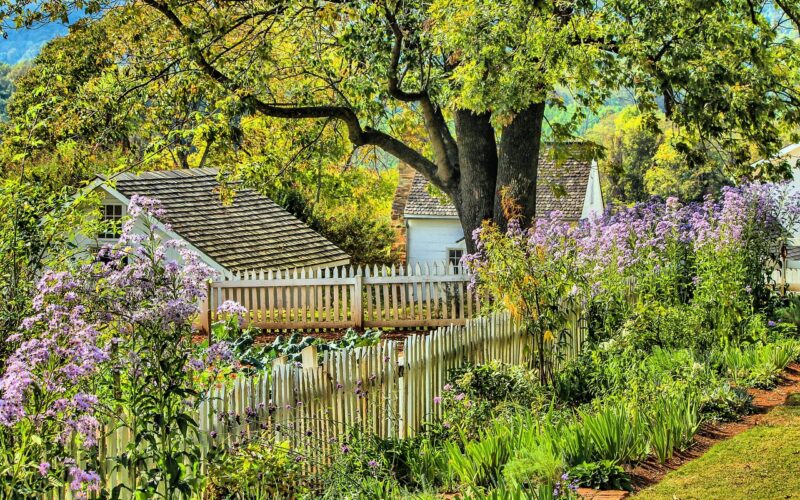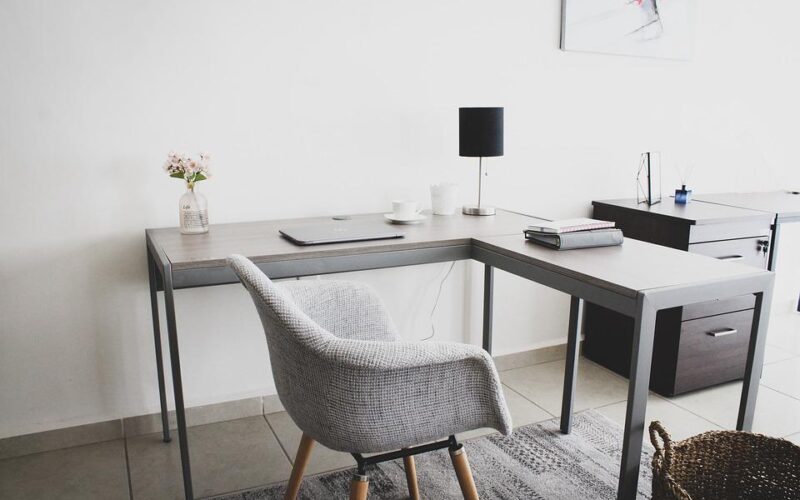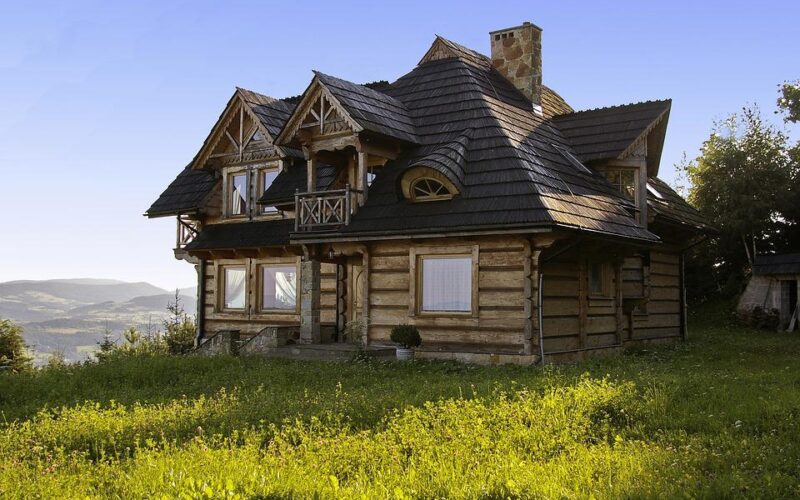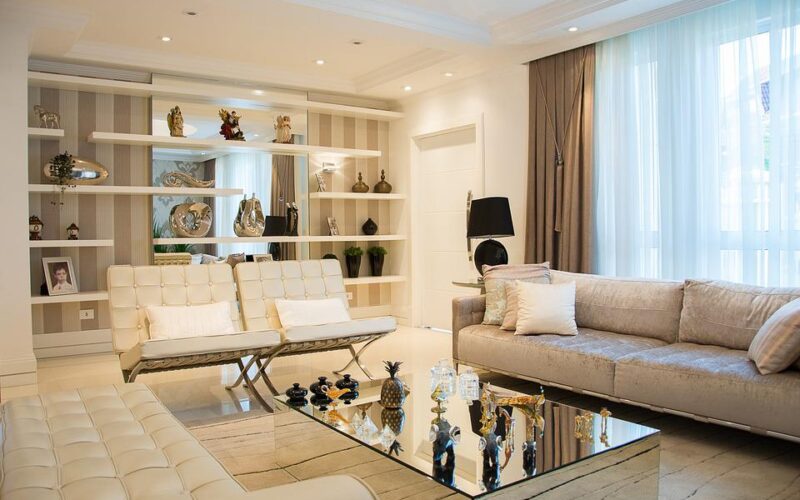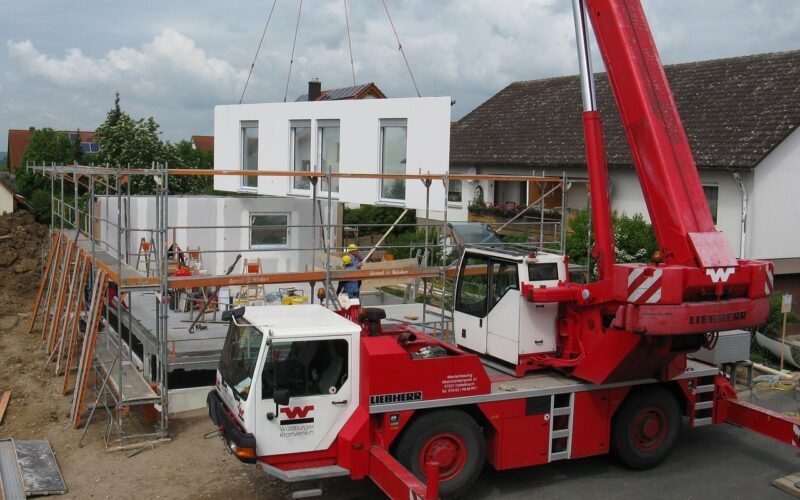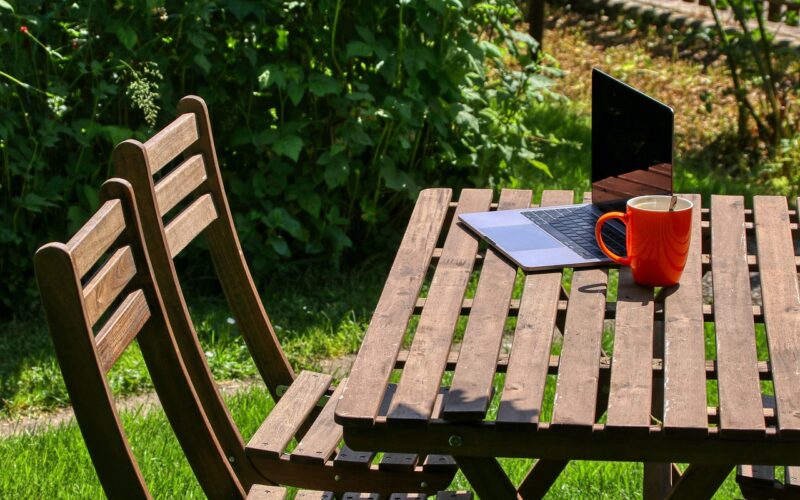A Blend Of Past And Present
Old homes carry with them a certain charm and history that new constructions often fail to replicate. However, the romanticism of antique architecture does not always align with the conveniences of modern living. Modernising an old home is about striking the right balance between preserving the past and accommodating the present.
Understanding the historical value
Before making any changes, it’s crucial to understand the historical significance of your old home. Research its architecture, period-specific features, and any previous renovations. Sometimes, conservation restrictions may apply, especially if the building is listed or in a protected area. Start by consulting with a local historian or an architect specialising in restoration to ensure that your modernisation respects the building's heritage and complies with legal requirements.
Planning for a sympathetic renovation
When planning your renovation, aim for a design that complements the home’s original character. Highlight key features like woodwork, fireplaces, and original floorboards. Consider how contemporary additions will coexist with these elements. A sympathetic renovation might mean adding modern touches that echo the building's era or using materials that blend seamlessly with the old ones, ensuring the home’s narrative continues uninterrupted.
Updating the essentials
The backbone of modernisation often involves updating essential infrastructure—electrical, plumbing, heating, and insulation. These upgrades can dramatically increase comfort, energy efficiency, and safety. However, work like rewiring or re-plumbing should be done with minimal disruption to original features. Hidden wiring or integrating smart home technology allows for modern convenience without aesthetic compromise.
Incorporating modern tastes and lifestyle
Modern living demands spaces that accommodate our contemporary tastes and lifestyles. If the original layout of your old home doesn't suit your needs, consider reconfiguring spaces. Opening up smaller rooms into an open-plan living area can bring light and flow into the home. Modern kitchens and bathrooms are particularly important for everyday comfort, so investing in these areas can have a significant impact on the home's functionality.
Energy efficiency and sustainability
Modernising an old home also means making it more energy-efficient. This can include adding or improving insulation, upgrading windows to double or triple glazing, and installing efficient heating systems. Solar panels and other renewable energy sources can also help decrease the home’s carbon footprint, making your old home not only modern but sustainable too.
Paying homage to past aesthetics
Finally, modernisation shouldn’t come at the expense of aesthetics. Celebrate the unique character of your old home by using colour schemes, fixtures, and furnishings that pay homage to its era. Antique furniture can live comfortably alongside modern pieces, and period-appropriate lighting or wallpaper can provide a historical nod while still allowing for a fresh new look.
Modernising an old home can be a fulfilling project that brings together the nostalgia of the past with the convenience and aesthetics of the present. This delicate dance between eras, when done thoughtfully, can turn an old house into a timeless home that tells a tale spanning centuries.

